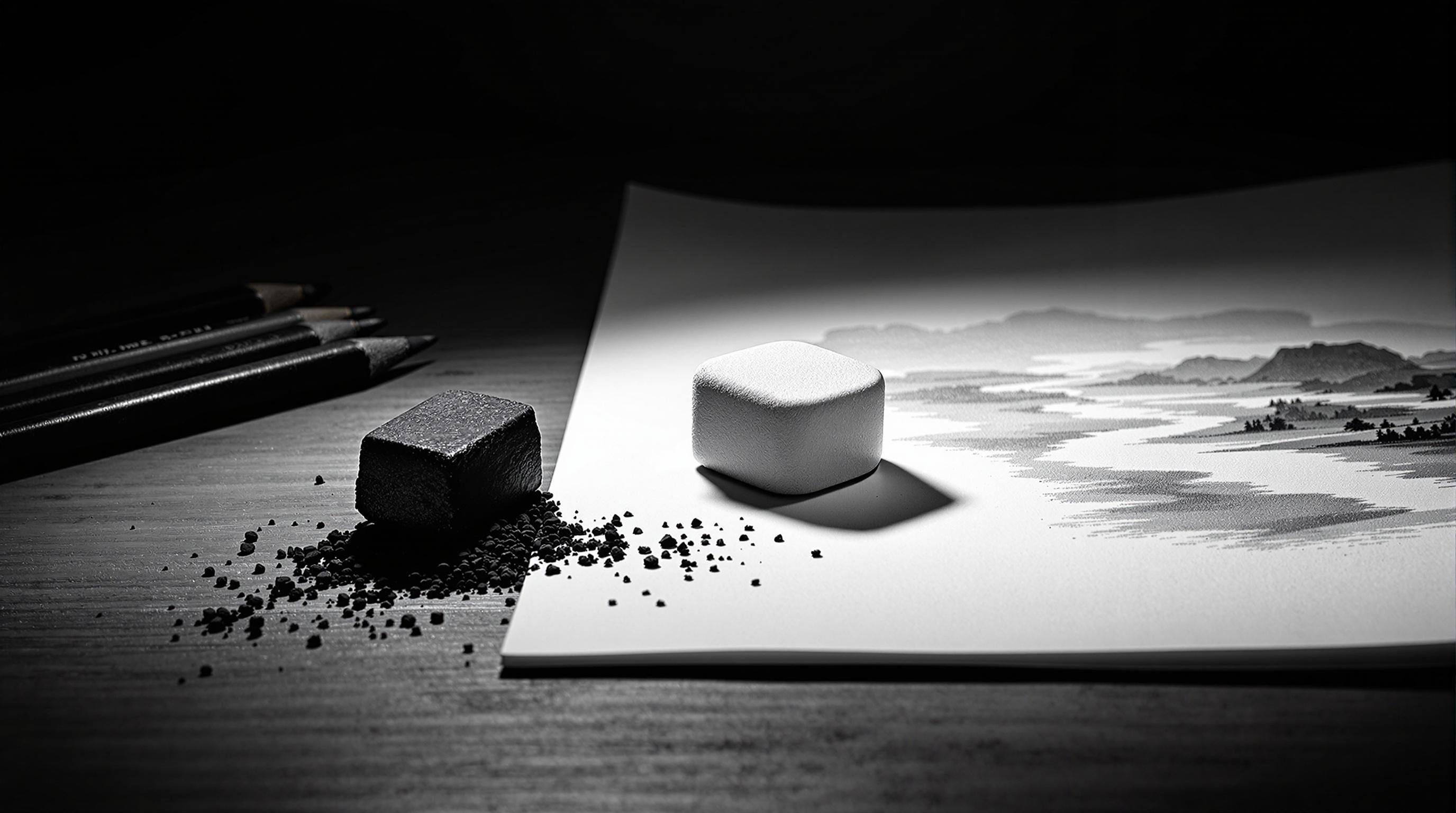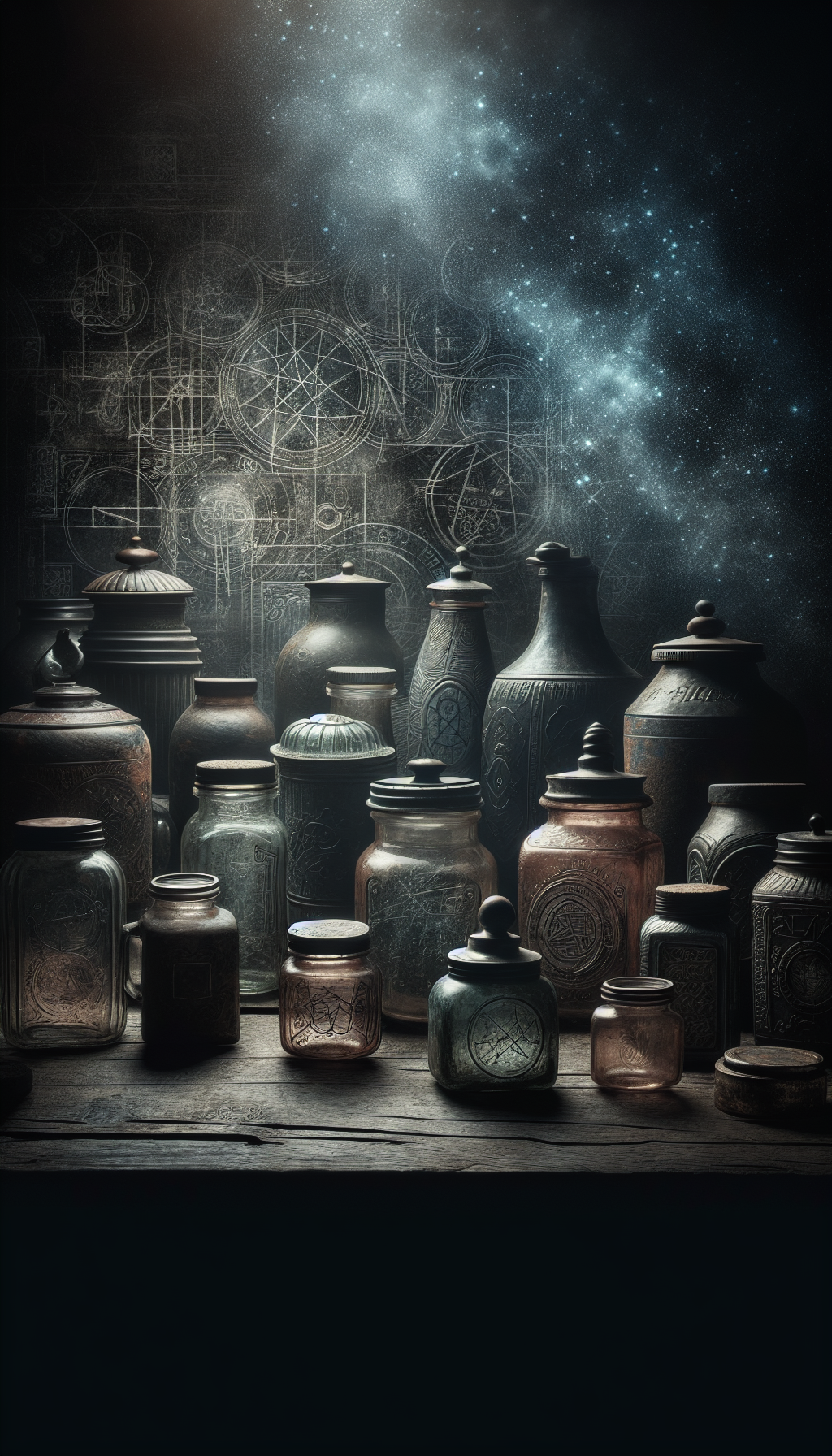Introduction to Value in Art
When discussing “value” in relation to art, we encounter two distinct yet interconnected meanings. First, there’s the visual element of value—the range of lightness and darkness within a composition. Second, there’s the financial or cultural worth assigned to artwork. This comprehensive guide explores both dimensions, helping collectors, artists, and enthusiasts better understand how value functions in the art world.
Value as a Visual Element
The Value Scale in Art
Artists typically work with a value scale ranging from pure black to pure white, with various shades of gray in between. Understanding this range is crucial for creating depth and dimension in artistic compositions.
Value Scale Characteristics
8-10 Values: A typical value scale used by artists contains 8-10 distinct values from black to white
3 Categories: Values can be divided into shadows (dark), midtones, and highlights (light)
50% Rule: In balanced compositions, approximately 50% is middle value, 25% dark, and 25% light
Types of Value Arrangements
The distribution of values across an artwork creates different moods and visual effects:
Value Arrangements in Art
- High Key
Bright and Airy
High-key arrangements use predominantly light values with minimal dark areas, creating a bright, cheerful, or ethereal mood. Often seen in impressionist works by artists like Claude Monet. - Low Key
Dark and Dramatic
Low-key arrangements use predominantly dark values with minimal light areas, creating a somber, mysterious, or dramatic effect. Exemplified in works by Rembrandt and Caravaggio. - High Contrast
Bold and Dynamic
High-contrast arrangements juxtapose very light and very dark values with few midtones, creating dynamic, attention-grabbing compositions. Typical of baroque art and modern graphic works.
The Purpose of Value in Visual Art
Value plays several crucial roles in artistic composition:
Functions of Value in Art
How value creates visual impact in artwork
- Creates the illusion of form and volume
- Establishes depth and spatial relationships
- Directs viewer's eye to focal points
- Conveys mood and atmosphere
- Provides contrast and visual interest
According to the New York Times’ analysis of art elements, “Value defines how light or dark a given color or hue can be. Values are best understood when visualized as a scale or gradient, from dark to light.”
Value Techniques in Drawing and Painting
Common Value Techniques
Different mediums offer various approaches to creating value:
Value Creation Techniques
Methods artists use to create value in different mediums
</tbody>
</table>
The Cascadia Art Museum explains that “Value is the lightness or darkness of a color, and it adds dimension in a piece. Value is also a concept in color.”
Value Studies and Exercises
Before creating a finished piece, many artists conduct value studies to plan the distribution of light and dark areas:
- Thumbnail sketches: Small, quick drawings focusing solely on value arrangement
- Value maps: Simplified compositions with 3-5 value ranges to establish composition
- Notan studies: Japanese concept exploring the harmony between light and dark using only black and white
- Grayscale painting: Practicing with monochromatic palettes to focus on value without color
As noted by Evolve Artist, “We teach student artists a simple method for creating realistic paintings and how to paint values is the first of four fundamentals taught in the Evolve Artist program.”
Famous Examples of Value in Art History
Notable Artists Known for Value Mastery
Masters of Value in Art History
Artists renowned for their exceptional use of value
| Category | Price | Notes |
|---|---|---|
| Hatching | Drawing parallel lines to create value; closer lines = darker value | Drawing, printmaking |
| Cross-hatching | Overlapping sets of parallel lines at different angles | Drawing, printmaking |
| Stippling | Creating value through patterns of dots; denser dots = darker value | Drawing, pointillism |
| Blending | Smoothly transitioning between values | Painting, charcoal drawing |
| Chiaroscuro | Strong contrast between light and dark; dramatic lighting effects | Painting, particularly Renaissance and Baroque |
</tbody>
</table>
Looking at Pinterest collections of value in art, we can see numerous examples of how artists throughout history have manipulated value to create stunning visual effects.

Financial Value of Artwork: Appraisal and Valuation
Factors That Determine Financial Value in Art
Multiple elements contribute to an artwork’s market value:
Art Valuation Factors
Key elements that determine an artwork's financial worth
- Artist reputation and career trajectory
- Provenance and ownership history
- Condition and conservation status
- Size, medium, and materials
- Subject matter and aesthetic appeal
- Rarity and scarcity in the market
- Exhibition history and literature mentions
- Authenticity and documentation
According to Austin Galleries, determining if your artwork is valuable involves several steps: “Step 1: Determine if your artwork is a painting or a print. Step 2: Consider the provenance.”
How to Assess Your Artwork’s Value
If you own artwork and want to understand its potential value, here are some practical steps:
- Identify the medium: Determine if your piece is an original painting, limited edition print, reproduction, or other format
- Research the artist: Look for auction records, gallery representation, and career accomplishments
- Document provenance: Gather receipts, certificates of authenticity, and ownership history
- Examine condition: Note any damage, repairs, or conservation issues
- Consult professionals: For valuable pieces, consider hiring a certified appraiser
FindArtInfo.com is a helpful resource, stating: “With this art appraisal tool you can value your fine art by comparing it with recent auction prices of similar pieces.”

Art Valuation Resources
For those serious about understanding art values, these resources can be invaluable:
Art Valuation Resources
FindArtInfo Database
Comprehensive database of auction results for comparing artwork values and historical price trends.
Watercolor Affair Value Guide
Visual guide to understanding value as an element in art with practical examples for artists.
Artsper Value in Art Examples
Educational resource explaining how lightness and darkness create focus in art compositions.
iStock Value Art Collection
Visual library of over 49,300 stock photos demonstrating value principles in various art forms.
New York Times Art Elements Guide
Educational resource on analyzing value in artwork with detailed examples and teaching approaches.
Evolve Artist Value Painting Guide
Comprehensive tutorial on how to paint values as a fundamental skill for realistic art creation.
The Intersection of Visual and Financial Value
How Visual Value Influences Market Value
The mastery of value as a visual element often correlates with market demand:
- Technical skill: Masterful handling of value demonstrates artistic proficiency, which can increase pricing
- Visual impact: Strong value composition creates memorable artwork that stands out in the market
- Historical significance: Innovation in value techniques (like Caravaggio’s tenebrism) can elevate historical importance
- Visual recognition: Distinctive value patterns become part of an artist’s signature style, building brand recognition
The Value of Value Studies
For artists looking to improve both their craft and market position:
- Dedicated practice: Regular value studies sharpen fundamental skills
- Portfolio development: Strong grasp of value principles elevates overall work quality
- Market differentiation: Mastery of value can distinguish an artist in a crowded marketplace
- Teaching opportunities: Value is a foundational concept that experienced artists can teach
Common Questions About Value in Art
What is value in art?
In art, "value" has two primary meanings:
As a visual element: Value refers to the lightness or darkness of colors in an artwork. It’s the range from white to black, with various shades of gray in between.
As financial worth: Value also refers to the monetary assessment of an artwork based on factors like artist reputation, provenance, condition, rarity, and market demand.
Visual value creates depth, dimension, and mood in artwork, while financial value determines market pricing and investment potential.
What are the 8 values of art?
The "8 values of art" typically refers to a value scale with 8 distinct steps from black to white:
- Black (darkest value)
- Very dark gray
- Dark gray
- Medium-dark gray
- Medium-light gray
- Light gray
- Very light gray
- White (lightest value)
Artists use this scale as a reference when creating value studies and finished works. Some artists work with more condensed scales (3-5 values) or expanded scales (up to 10-12 values), depending on their medium and style.
What is low key value in art?
Low key value in art refers to compositions that predominantly use dark values with minimal light areas. In a low key artwork:
- The overall tone is dark
- Shadows dominate the composition
- Highlights are used sparingly for emphasis
- There’s often a dramatic or moody atmosphere
Examples include Rembrandt’s portraits with dark backgrounds and focused light on subjects, or Caravaggio’s paintings using tenebrism (extreme dark/light contrast). Low key art creates feelings of mystery, drama, solemnity, or introspection.
What is high key value in art?
High key value in art refers to compositions that predominantly use light values with minimal dark areas. In a high key artwork:
- The overall tone is bright
- Mid-tones to highlights dominate
- Shadows are minimal or softened
- There’s often an airy, ethereal, or cheerful mood
Impressionist paintings by artists like Monet, particularly his water lily series, exemplify high key value arrangements. High key art often creates feelings of optimism, serenity, delicacy, or dreaminess. It’s commonly used in spring/summer landscapes, beach scenes, and light-filled interiors.
How do you determine if your art is valuable?
To determine if your artwork has significant financial value:
Identify the artist: Research the artist’s reputation, career trajectory, and market demand
Verify authenticity: Confirm the work is original through signatures, documentation, or expert assessment
Check provenance: Document the artwork’s ownership history, which can significantly impact value
Assess condition: Examine for damage, repairs, or deterioration that could affect value
Research comparables: Look for similar works by the same artist that have recently sold
Consider professional appraisal: For potentially valuable pieces, consult a certified art appraiser
Evaluate rarity: Understand how scarce the work is based on the artist’s output and availability
Review exhibition history: Pieces shown in prestigious galleries or museums often command higher values
Remember that market values fluctuate, and what’s valuable today might change in the future as artist reputations evolve.
What are famous examples of value contrast in art?
Famous artworks demonstrating exceptional value contrast include:
"Nightwatch" by Rembrandt: Uses dramatic chiaroscuro to highlight key figures
"The Calling of St. Matthew" by Caravaggio: Exemplifies tenebrism with a shaft of light cutting through darkness
"Starry Night" by Van Gogh: Contrasts dark blue night sky with bright yellow stars and moon
"Guernica" by Picasso: Uses stark black, white, and gray to convey the horror of war
"Christina’s World" by Andrew Wyeth: Subtle value gradations create atmospheric perspective
"Whistler’s Mother" by James McNeill Whistler: Limited value range creates quiet dignity
"Water Lilies" series by Claude Monet: High key values create luminous, atmospheric effects
These masterworks demonstrate how effective value management creates visual impact, guides viewer attention, and conveys emotional tone.
How does value relate to color in art?
Value and color share a complex relationship in art:
Inherent value: Each color has an inherent value (yellow is naturally lighter than purple)
Value contrast vs. color contrast: Value contrast (light/dark) can exist independently of color contrast (complementary colors)
Value dominance: In strong compositions, value relationships often take precedence over color relationships
Tonal painting: Some artists establish value structure first, then add color later
Converting to grayscale: A well-designed color composition should still work when converted to grayscale
Value as structure: Value provides the "skeleton" of a composition, while color adds emotional and temperature qualities
Value mapping: Artists sometimes create value maps before adding color to ensure proper visual hierarchy
Understanding this relationship helps artists create works with both strong structural integrity (through value) and emotional impact (through color).
How can I practice seeing values more accurately?
To improve your ability to perceive values in art:
Squint at the subject: Squinting reduces color information and emphasizes value differences
Use a value finder: A tool with holes of various sizes to isolate small areas for comparison
Take black and white photos: Convert reference images to grayscale to eliminate color distraction
Create value scales: Practice mixing or drawing consistent value gradations from black to white
Do monochromatic studies: Paint using only one color plus white to focus solely on value
Use value finders: Red filters that convert colors to their value equivalents
Compare to a value chart: Hold a printed value scale next to your subject to gauge relative values
Study masterworks in grayscale: Analyze how great artists handled value relationships
With practice, your "value vision" will improve, enabling you to create more dynamic and three-dimensional artwork.
Conclusion: The Dual Nature of Value in Art
Understanding value in art—both as a visual element and as a financial consideration—enriches one’s appreciation and engagement with the art world. For artists, mastering value is essential to creating compelling visual compositions that communicate effectively. For collectors and enthusiasts, recognizing how visual value contributes to market value provides deeper insight into art valuation and investment.
Whether you’re creating, collecting, or simply appreciating art, value remains a fundamental concept worthy of careful study and consideration. The interplay between light and shadow not only creates visual interest but also reflects the economic and cultural values we assign to artistic expression across time and cultures.
By developing your understanding of both aspects of value, you’ll gain a more comprehensive appreciation of art’s technical, aesthetic, and market dimensions.
Get a Professional Appraisal
Unsure about your item’s value? Our certified experts provide fast, written appraisals you can trust.
- Expert report with photos and comps
- Fast turnaround
- Fixed, upfront pricing
No obligation. Secure upload.
| Category | Price | Notes |
|---|---|---|
| Rembrandt van Rijn | Dutch Golden Age | Dramatic chiaroscuro effects in portraiture |
| Caravaggio | Italian Baroque | Tenebrism - extreme dark/light contrasts |
| Claude Monet | French Impressionism | High-key value paintings, subtle value shifts in color |
| M.C. Escher | Dutch Modern | Precise value control in graphic works |
| Andrew Wyeth | American Realism | Limited palette with nuanced value relationships |




